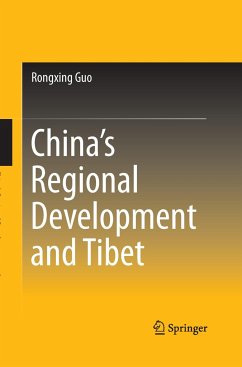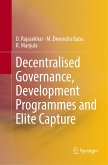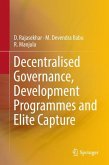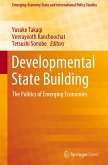This book pursues both narrative and analytic approaches to better understand China's spatial economic development and its implications for Tibet. Accordingly, this book focuses on Tibet - an autonomous region in the far west of China - as the subject of an in-depth case study, highlighting its unique geopolitical and socioeconomic features and external and boundary conditions. China's great diversity in terms of physical geography, resource endowment, political economy, and ethnicity and religion has posed challenges to the studies of spatial and interprovincial issues. Indeed, the Chinese nation is far too huge and spatially diverse to be easily interpreted. The only feasible approach to analyzing it is, therefore, to divide it into smaller geographical elements so as to arrive at better insights into the country's spatial mechanisms and regional characteristics. In this context, the book combines analytic and narrative approaches.
"This book is thus a welcome addition to the existing body of scholarly literature. It is an interesting and well-researched account on Tibet that academics, journalists, policymakers, and students will find very useful. It will also prove useful for nongovernmental organizations, particularly organizations with an interest in minority rights and protecting minority rights worldwide. ... What makes the book even more interesting are the useful maps, tables, graphs, diagrams, and photographs." (Kunal Mukherjee, Mountain Research and Development, Vol. 36 (4), November, 2016)








